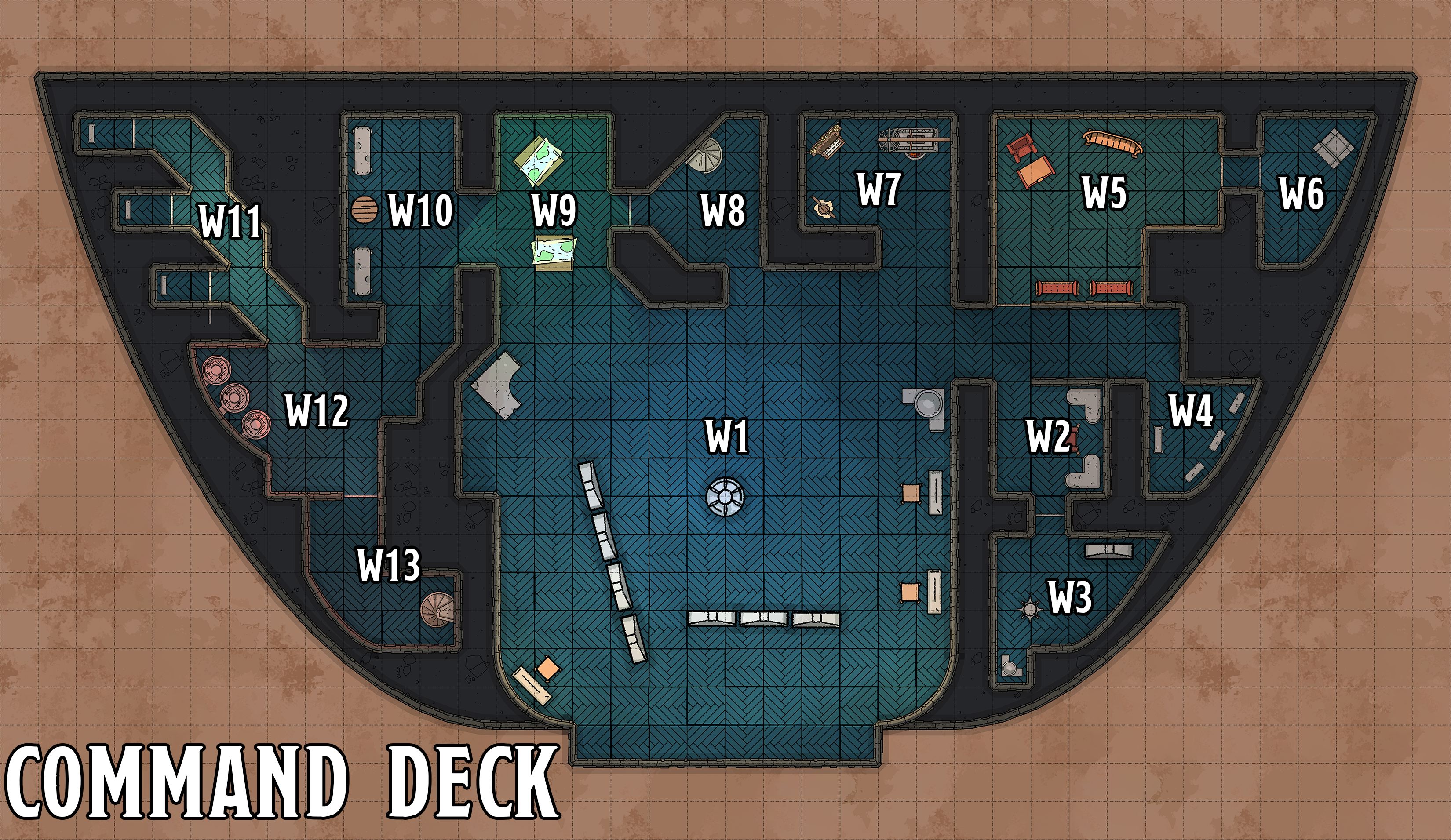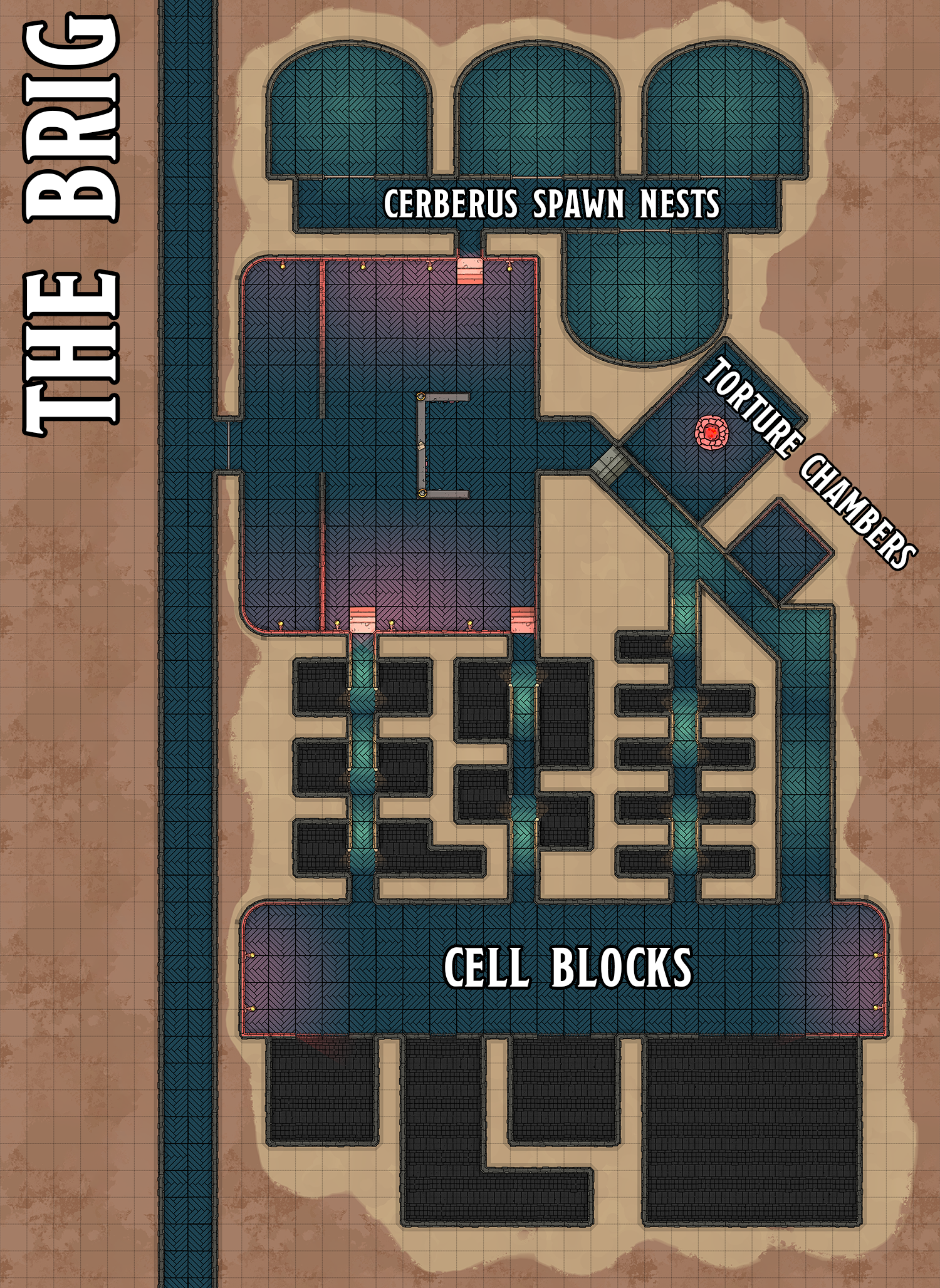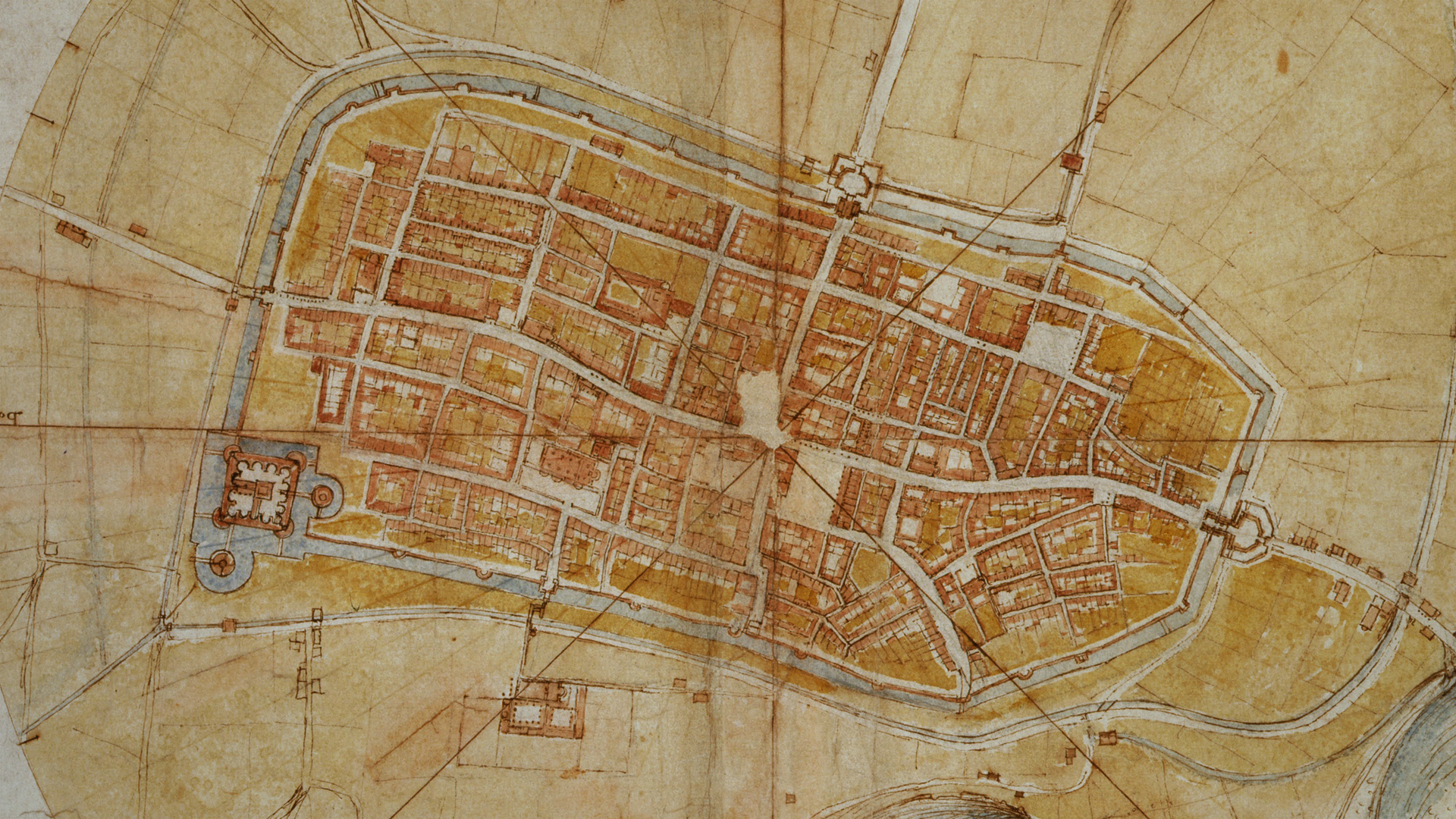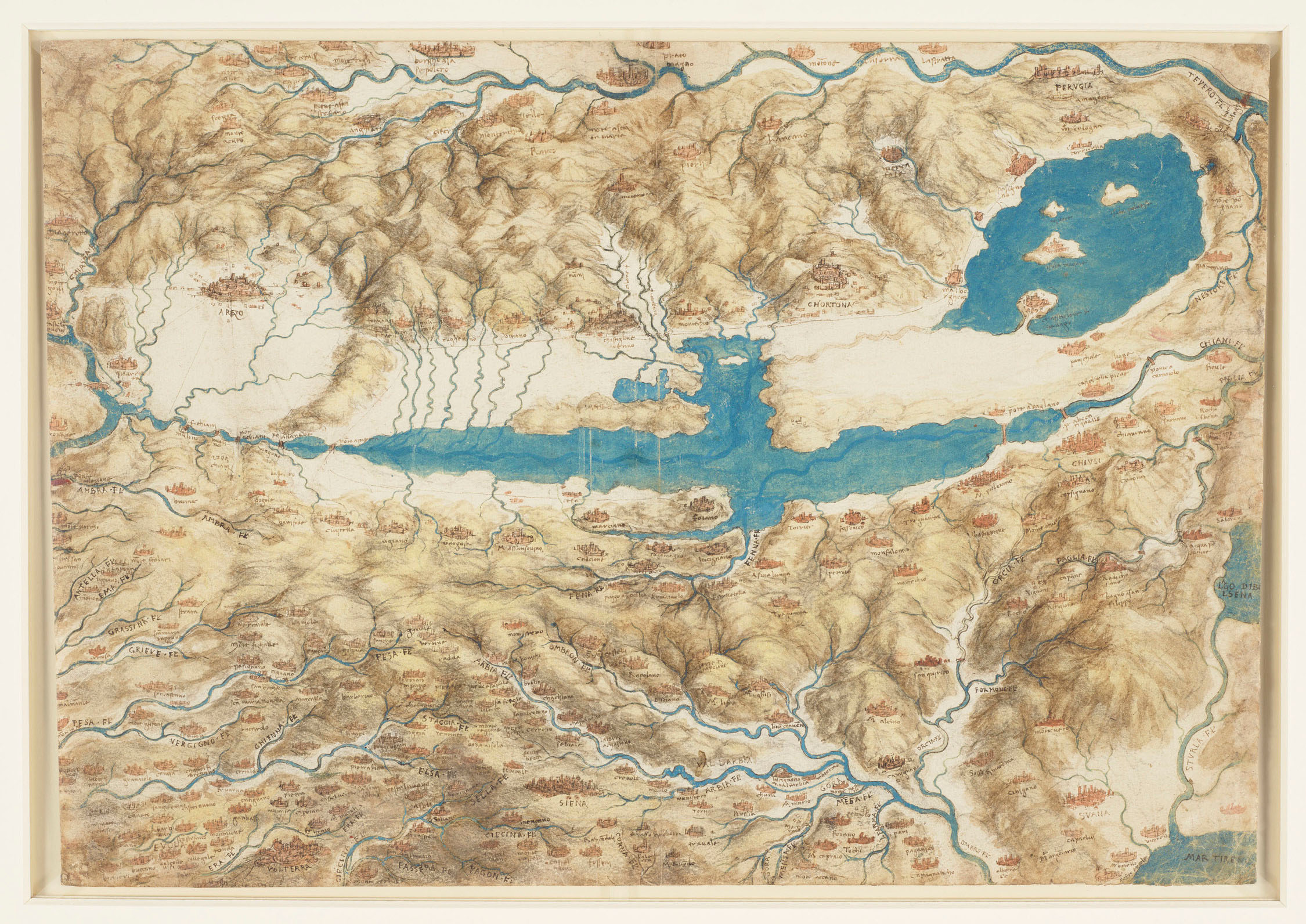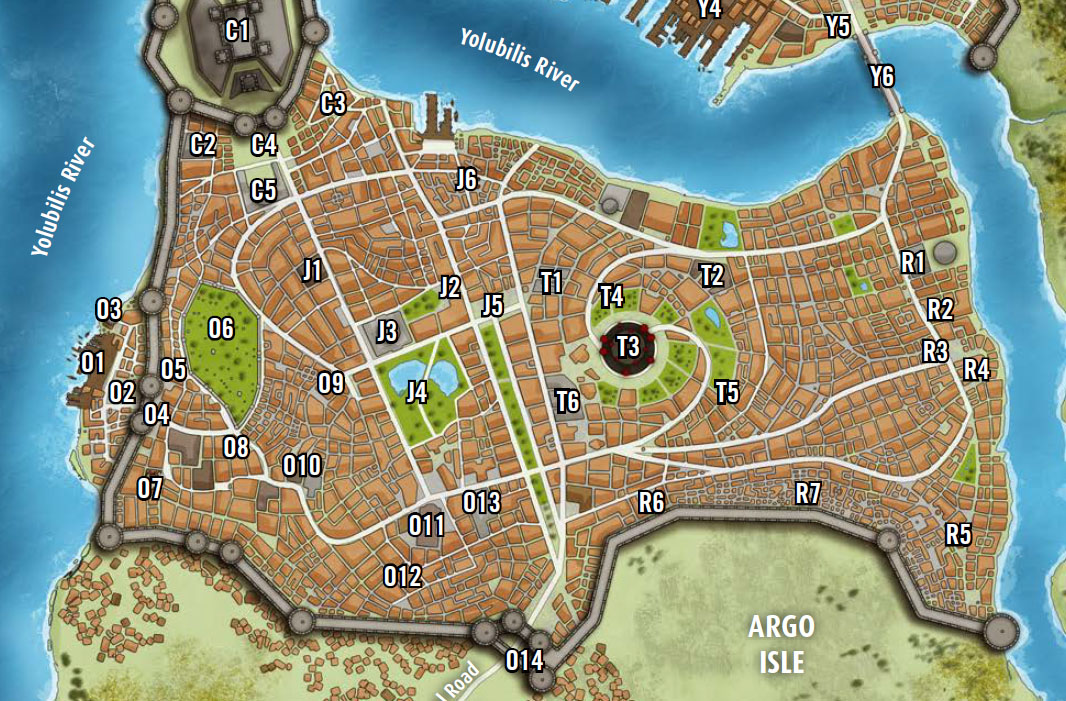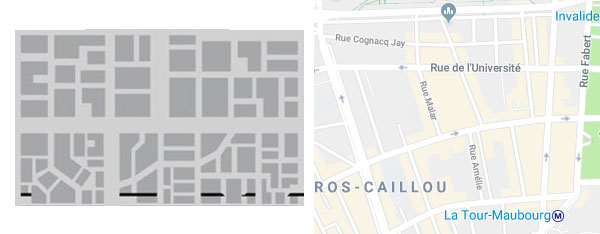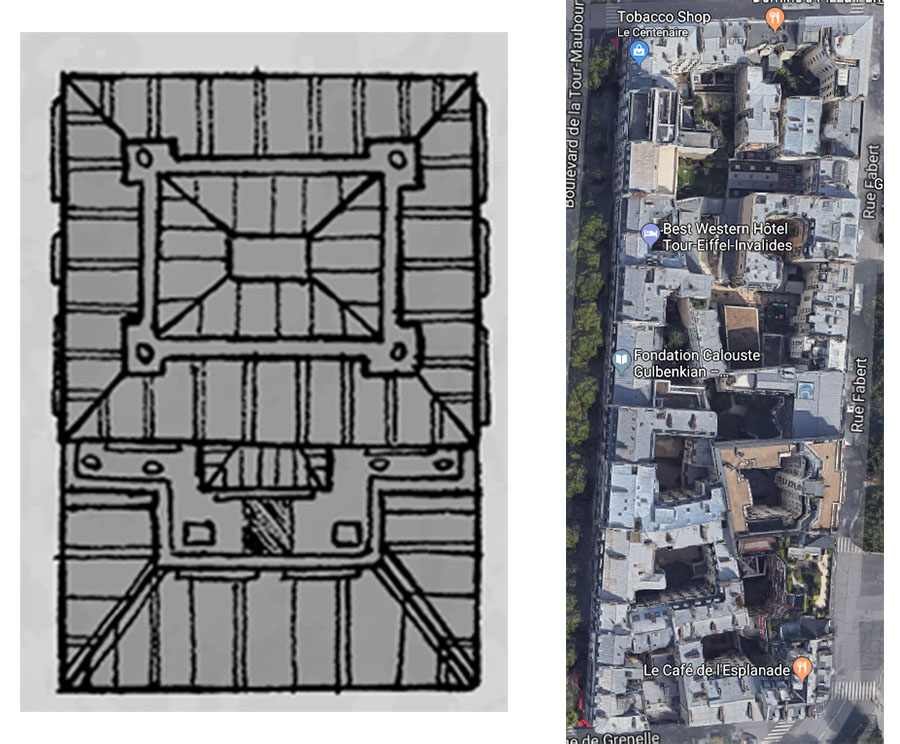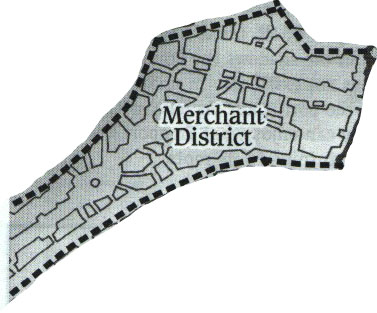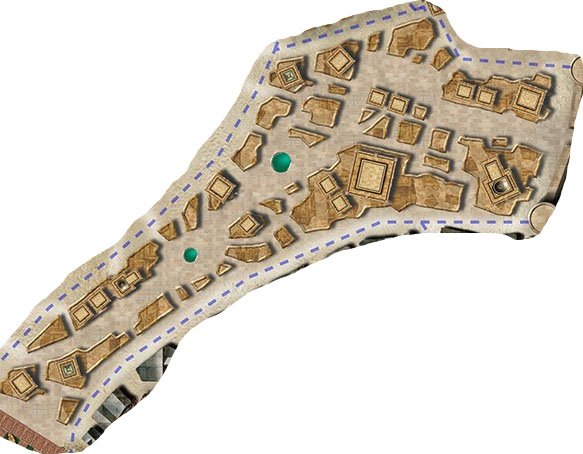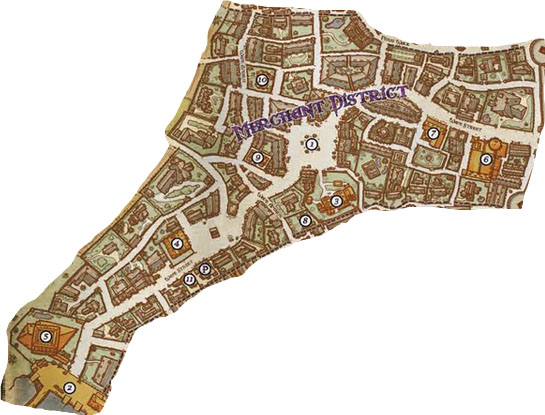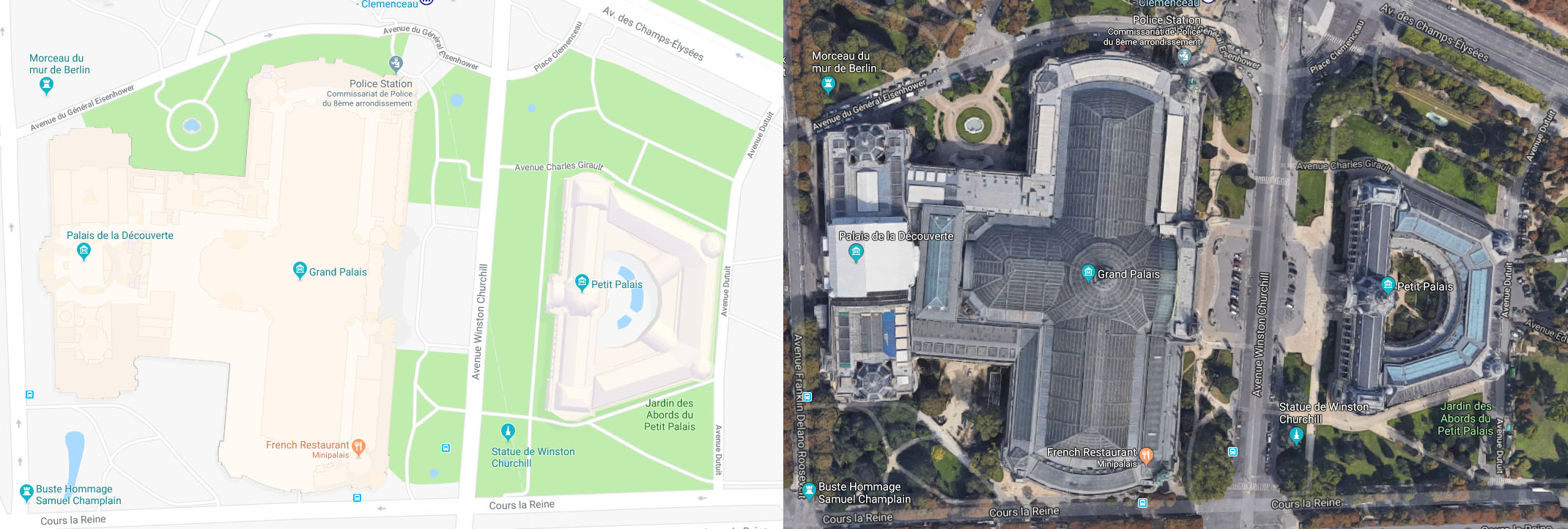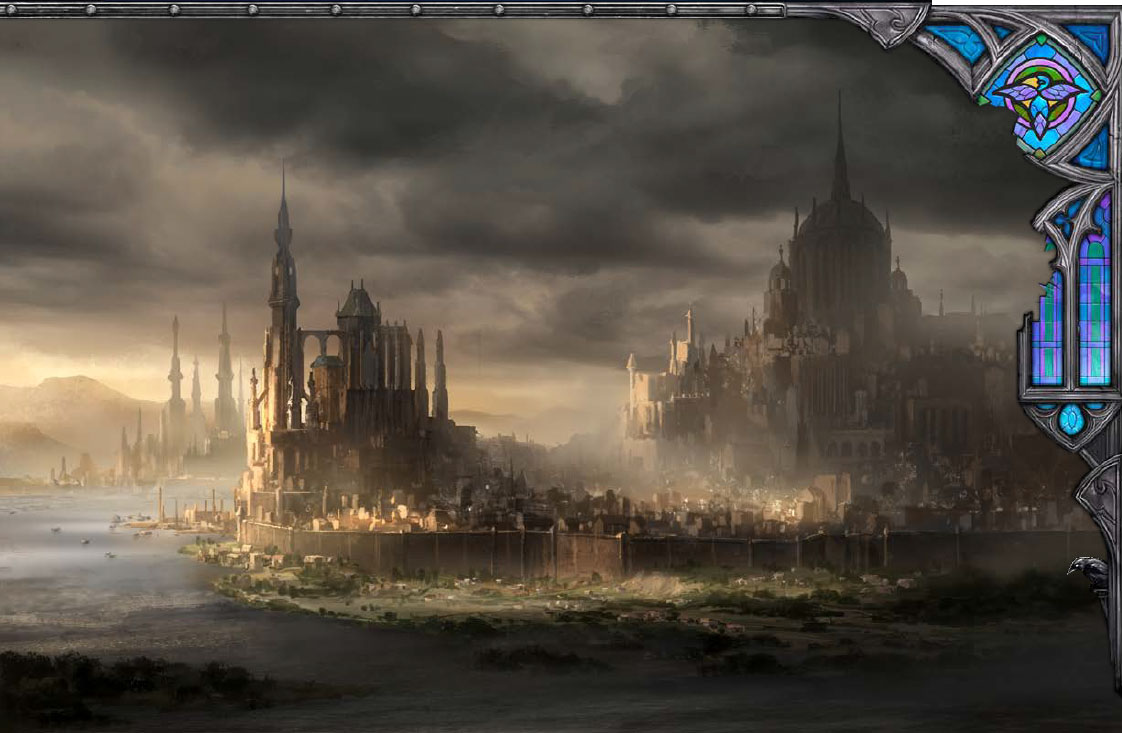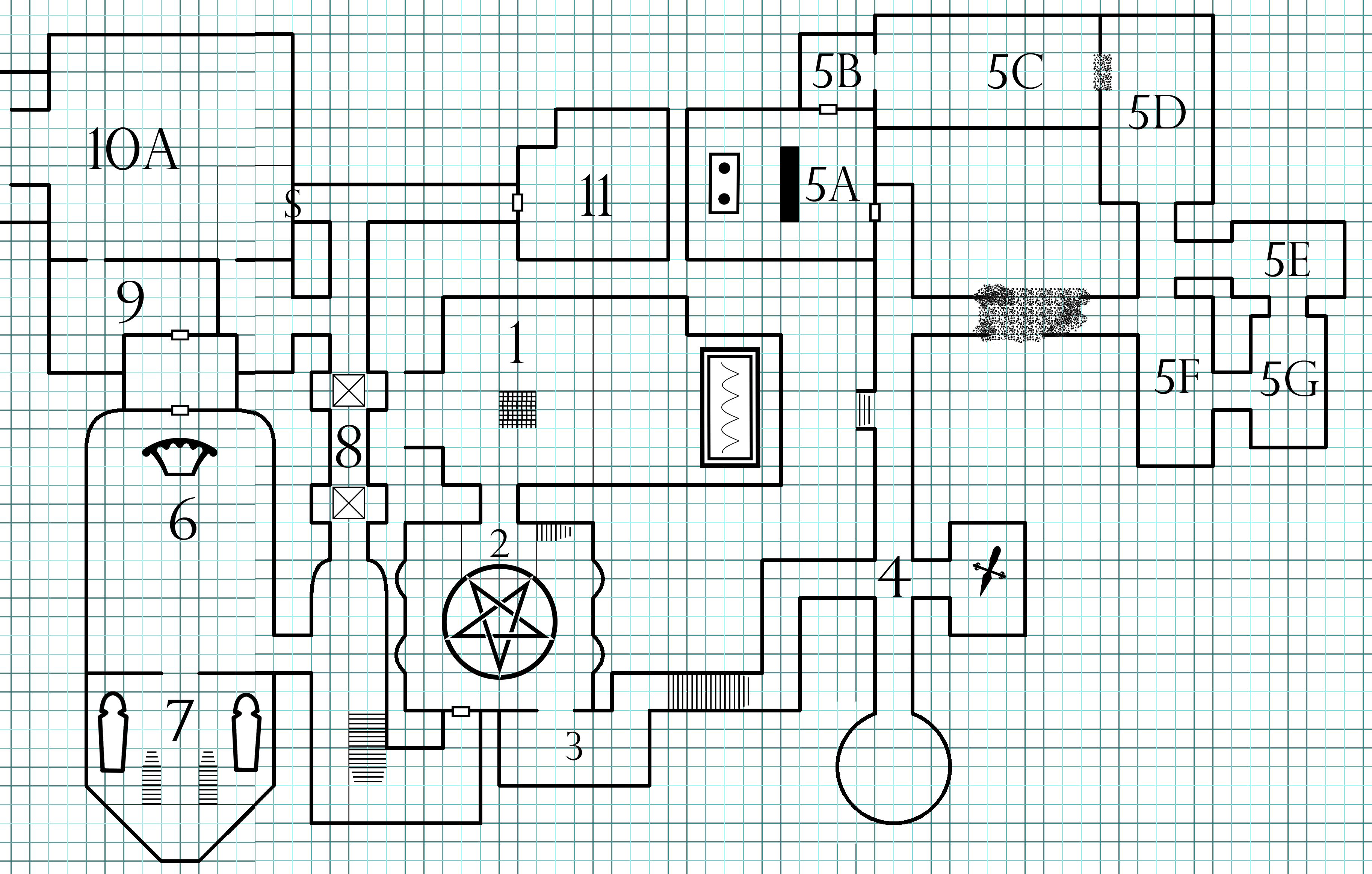
Many moons ago there was a tile-based RPG mapping program called Dundjinni. It had a lot of cool features, but one of the best was the Old School Mapping Pack, which was a tileset that would let you easily replicate old-school style dungeon maps. I really liked it because, unlike a lot of other mapping programs, it was the only one that I could create a map in almost as easily and quickly as sketching it by hand.
Over the years, in addition to using it for my home campaign (as seen in Running the Campaign: The Adventure Not Taken and the map shown above), I used it for a number of projects here at the Alexandrian, including:
The Strange: Violet Spiral Gambit
Remixing Keep on the Shadowfell
The developers for Dundjinni, unfortunately, vanished into the mists of the internet and the Java-based program slowly started deteriorating. One of the first things to break were the official tilesets, including the Old School Mapping Pack. (If I recall correctly, as an anti-piracy measure, the program would verify the tilesets before loading them, and the website would no longer verify the tileset.) Fortunately, you could still load custom tiles, and so I ended up custom-crafting my own set of old school tiles so that I could continue using the program.
Several years ago, however, the program itself finally stopped working on modern operating systems, and that was it. Fortunately there are newer options like Dungeon Scrawl and Dungeondraft which have picked up the ball Dundjinni dropped and run with it. (And you’ve seen maps from those programs on newer projects here at the Alexandrian.)
A patron of the Alexandrian, however, recently asked if they could get copies of some of my custom old school Dundjinni tiles. I’ve tracked down my old files, packaged them, and you can download the full set at the link below.
The set includes stuff like these custom chairs:

Or, as another example, this sarcophagus, catapult, and cart:
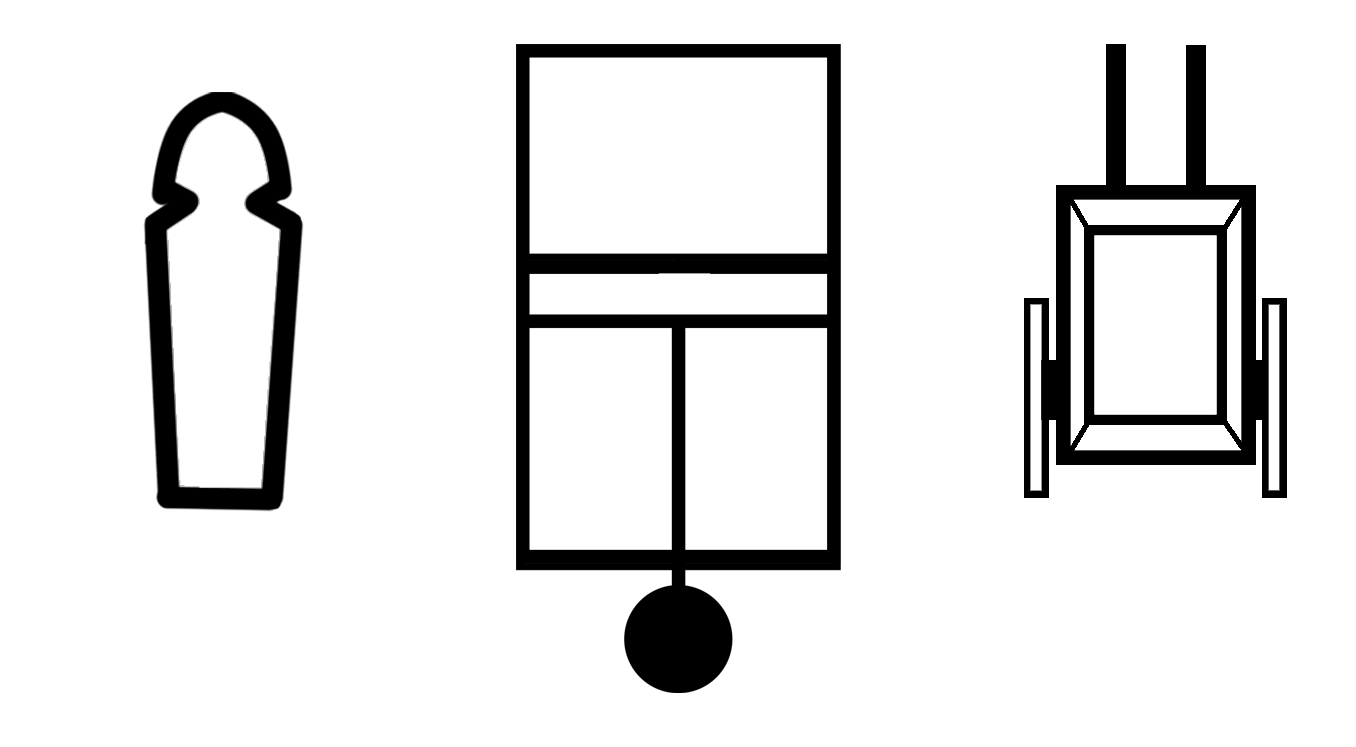
The set also includes the custom symbols I designed for the Better Dungeon Maps series:

And there are many more!
If you still have some old machine running Dundjinni, these tiles are still set up so that you can easily load them as a custom tileset, but you are more likely to find them useful in other mapping and imaging programs. Permission is granted for commercial and non-commercial use (see the included readme file), and if you do find some use for them, I encourage you to come back and share your creations with us, either in the comments here or on the Alexandrian Discord!
ALEXANDRIAN OLD SCHOOL TILESET
(zip file)

